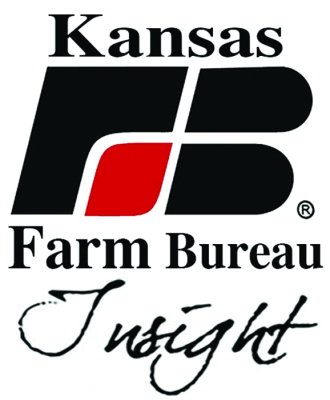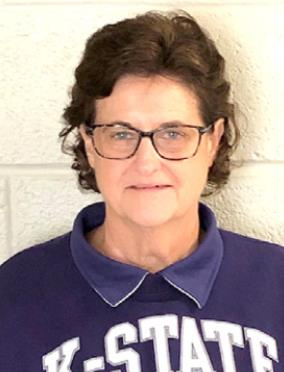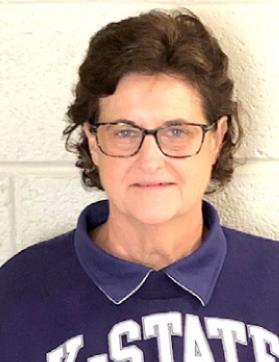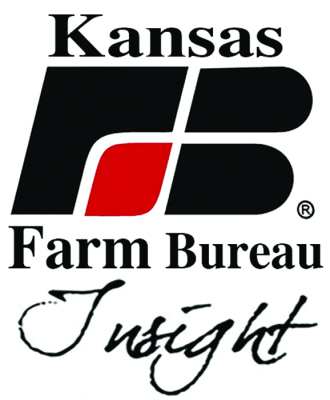Rachael Boyle, Phillips-Rooks District Extension Agent Agriculture and Natural Resources
Rachael Boyle, Phillips-Rooks District Extension Agent Agriculture and Natural Resources
The mid-April freezing temperatures and dry conditions have left some wheat growers with relatively dim prospects for grain production for the summer harvest. An alternative use for that wheat is as a forage crop, silage or hay, which may still have considerable value at a time when pasture grazing prospects and hay supplies may be uncertain.
Anna Schremmer, K-State Research & Extension Family Consumer Science Agent for Phillips-Rooks District #5
Going back to my childhood, beef was a staple food at our house. We may not have had much money, but we had the best food. We planted a garden, milked cows, raised chickens for both eggs and to eat, and we raised cattle. We have all heard “Beef, It’s What’s For Dinner!” slogan but did you know that May is Beef Month?
May has been celebrated as Beef Month for 35 years. Beef is the largest agricultural commodity in the state of Kansas.













